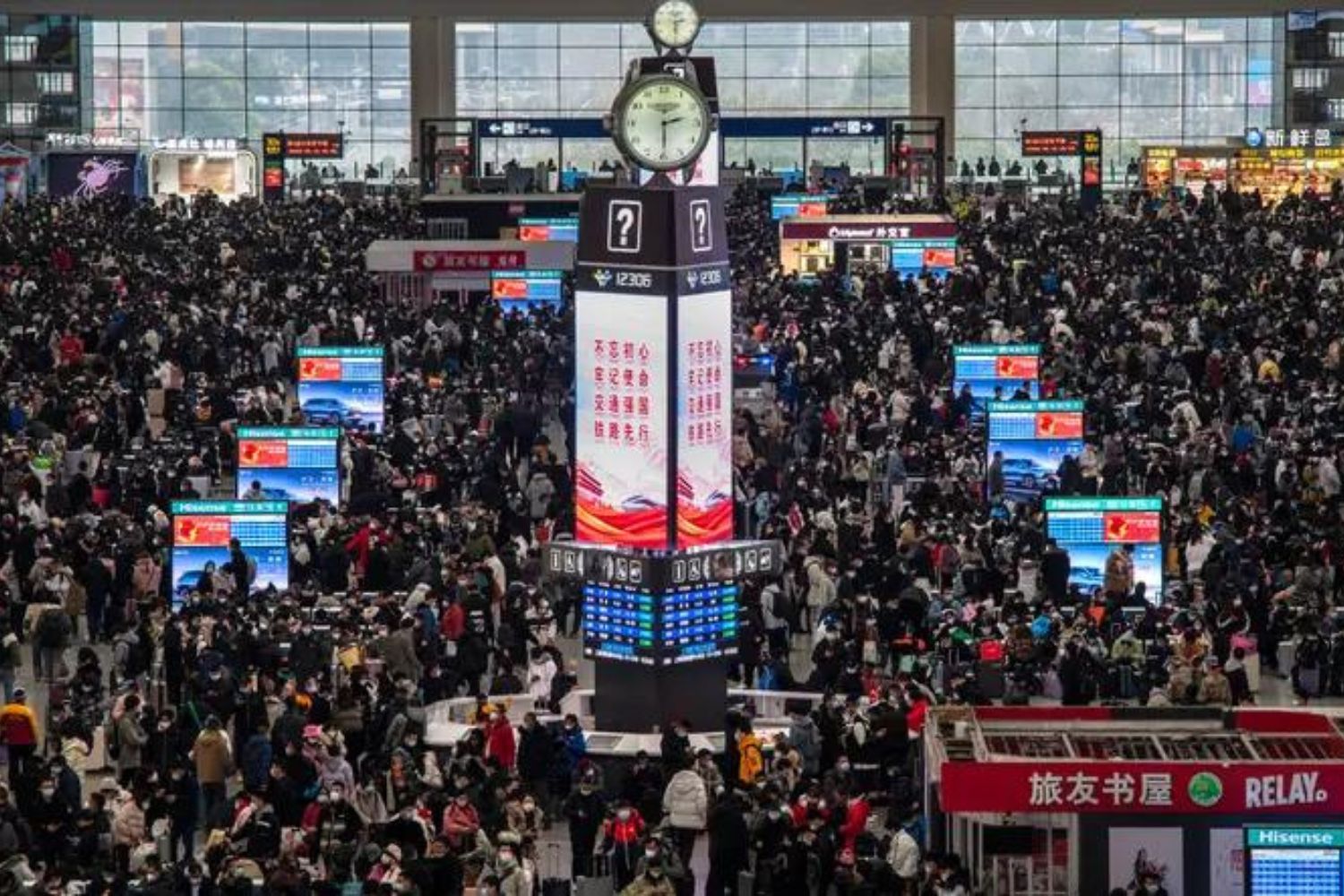China, the world’s most populous nation, faces a significant demographic shift as it heads towards a future where annual deaths are projected to reach 19 million people by 2061. This is according to Fudan University professors, in the latest issue of the bimonthly Population Research magazine released at the end of May. This projection is influenced by multiple factors, including the country’s aging population, health care trends, and socio-economic changes.
Understanding these dynamics is crucial for policymakers and stakeholders as they navigate the impending challenges and opportunities. As of 2020, about 12% of China’s population is aged 65 or older. By 2061, this proportion is expected to rise dramatically due to lower birth rates and increased life expectancy. A population planning initiative in China implemented between 1979 and 2015 to curb the country’s population growth by restricting many families to a single child has significantly contributed to this demographic imbalance.
Although the policy has been relaxed, its long-term effects continue to influence population dynamics.
The aging population will naturally lead to higher mortality rates as the cohort born during the population boom of the mid-20th century reaches old age. This demographic shift poses substantial challenges, including increased demand for healthcare services, elder care, and social support systems. Advances in healthcare have extended life expectancy, but they also highlight disparities in health outcomes across different regions and socio-economic groups.
While urban areas in China have seen significant improvements in healthcare infrastructure and services, rural areas still lag behind. This disparity means that rural populations may experience higher mortality rates due to inadequate access to medical care. Chronic diseases such as heart disease, cancer, and diabetes are becoming more prevalent as lifestyles change and the population ages. These diseases are major contributors to mortality and will play a significant role in the projected increase in annual deaths.
Additionally, the burden of mental health issues and dementia will rise as the population ages, further complicating healthcare needs. China’s rapid economic development has brought about significant socio-economic changes, influencing population health and mortality. Improved living standards and healthcare have increased life expectancy, but economic disparities remain a concern. Urbanization has led to better access to healthcare for many, yet it has also resulted in environmental pollution and lifestyle changes that contribute to health problems.
Economic growth has also brought about shifts in family structures and social norms. The traditional extended family system, which provided support for the elderly, is weakening. With more nuclear families and increasing urban migration, many elderly individuals may find themselves without adequate family support, potentially leading to increased mortality rates among this demographic. To address the looming demographic challenges, the Chinese government has implemented various policies aimed at improving healthcare access, supporting the elderly, and encouraging higher birth rates.
ALSO READ: Unmarried young Chinese women leave their home country
However, these measures face significant obstacles. Improving healthcare access and quality, particularly in rural areas, is crucial. Investment in medical infrastructure, training healthcare professionals, and expanding health insurance coverage are essential steps. However, ensuring equitable distribution of these resources remains a challenge. This includes increasing the availability of nursing homes, in-home care services, and community-based support systems. Balancing the costs of these services with available resources will be a significant hurdle.
Efforts to boost birth rates, such as financial incentives and family-friendly policies, have had limited success. Cultural shifts and economic pressures make it difficult to reverse the trend of declining birth rates. Long-term strategies focusing on creating a supportive environment for families are necessary. Addressing the rising burden of chronic diseases requires a multi-faceted approach, including promoting healthy lifestyles, enhancing disease prevention programs, and improving chronic disease management.
Public health campaigns and policies that encourage healthier behaviors are essential. The projected increase in annual deaths will have profound economic implications. An aging population typically means a shrinking workforce, which can lead to reduced economic productivity and growth. Additionally, the increased demand for healthcare and elder care services will place a significant financial burden on the government and families. China will need to adapt its economic strategies to mitigate these impacts.
This might include policies to extend the working age, retraining older workers, and leveraging technology to maintain productivity. Investments in healthcare and elder care can also create new economic opportunities and jobs. The demographic shift will also have profound social and cultural impacts. The traditional role of family in providing care for the elderly is changing, which will affect social dynamics and community structures.
There may be a growing need for social programs and community initiatives to support the elderly and foster intergenerational solidarity. Cultural attitudes towards aging and death will also evolve. As the number of elderly individuals increases, society’s approach to end-of-life care, funeral practices, and memorialization will likely undergo significant changes.
Addressing the emotional and psychological needs of an aging population will be crucial in maintaining social cohesion. The projection that annual deaths in China will reach 19 million by 2061 highlights the urgent need for comprehensive policy responses and societal adaptation. The ageing population, healthcare challenges, and socio-economic changes require coordinated efforts from the government, healthcare providers, and communities.
ALSO READ: China’s marriage rate rebounds amid concerns over the birth rate













